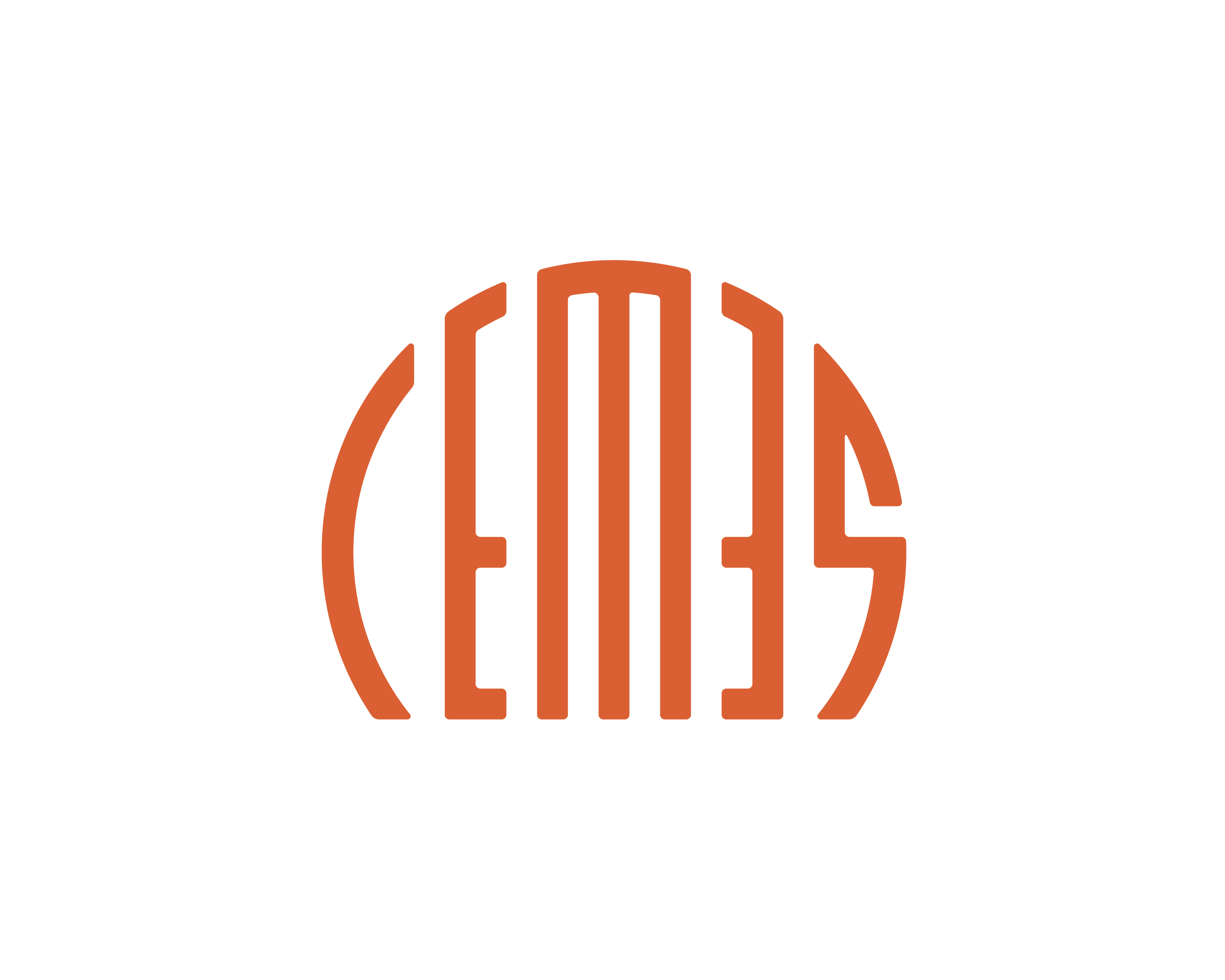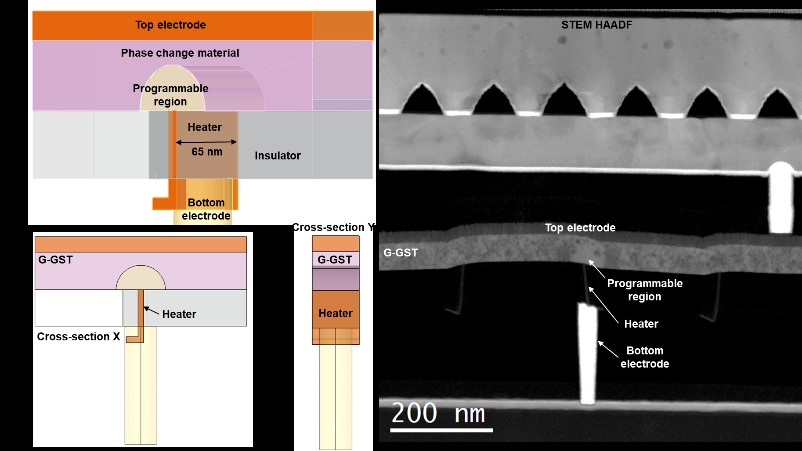Study of Resistance Drift and Retention Ability of N-doped Ge-rich GST-based Phase Change Memory Cells
NANOSCIENCE

Lab: CEMES
Duration: NanoX master Internship (8 months part-time in-lab immersion)
5 months full-time internship
6 months full-time internship
Latest starting date: 01/02/2023
Localisation: CEMES-CNRS and LPCNO-INSA, Toulouse, France
Supervisors:
Alain CLAVERIE claverie@cemes.fr
Sijia RAN sijia.ran@cemes.fr
This research master's degree project could be followed by a PhD
Work package:
GeSbTe (GST) based phase change memory (PCM) has demonstrated potentials as storage class memory in future computing hierarchy. The data storage of these devices is enabled by the reversible phase transition of its active material, which exhibits distinct electrical properties between the amorphous (high resistivity) and crystalline (low resistivity) states. Beyond binary data storage, PCM device resistance can be tuned in a quasi-continuous manner by applied electrical pulses via altering the amorphous-to-crystalline ratio in the programmable region [1]. This opens up further applications of PCM for in-memory computing and as neuromorphic devices [2].
One of the critical considerations for the PCM technology lies in the reliability of the programmed resistance states. During aging and under thermal stress, resistance drift and decay are generally observed in GST cells. This is found to be related to the structural relaxation and (re)-crystallization affecting the amorphous material after programming [3]. Active research is thus ongoing for precise prediction and/or controlling the resistance drift, which needs to be supported by the understanding of the underlying physical mechanisms.
N-doped Ge-rich GST (N-GGST) alloys are of interest to the industry for fabricating embedded PCM devices owning to their high crystallization temperature. At difference from the canonical GST-225 alloy, the off-stoichiometry nature associated with Ge-enrichment results in inevitable phase separation during thermal annealing [4-6] and in PCM devices after programming. The electrical and structural stability in devices made by this specifically engineered GST alloy is to be evaluated and needs to be linked to the programming conditions.
This project is aiming at understanding the aging phenomenon in N-GGST cells after programming by systematic electrical characterization for both RESET (amorphous) and SET (polycrystalline) states. Currently, the group has PCM cells (from STMicroelectronics) with different initial compositions in place, electrical testing setup for PCM programming and reliability tests [7], and with knowledge of proper programing conditions and the corresponding microstructures in cells before aging. The intern is expected to conduct electrical testing to study the evolution of the programmed states as a function of time at various temperatures after or during isothermal or isochronal annealing. This would require designing proper testing approaches to probe the resistance drift at a large time scale (a few microseconds to weeks). The testing data then needs to be carefully analyzed to link the change in electrical properties to material structural/compositional evolution, which will be supported by microstructure characterization using (S)TEM, possible through collaboration with group members.

References:
[1] A. Sebastian, et al. “Brain-inspired computing using phase-change memory devices” Journal of Applied Physics, 124(11), 111101 (2018).
[2] S. Sabina, et al. “Memristive devices for brain-inspired computing.” Woodhead Publishing, 2020.
[3] N. Ciocchini, et al. “Modeling resistance instabilities of set and reset states in phase change memory with Ge-rich GeSbTe.” IEEE Trans. Electron. Devices, 61(6), 2136-2144. (2014).
[4] M. Agati, M. Vallet, S. Joulié, D. Benoit, and A. Claverie, “Chemical phase segregation during the crystallization of Ge-rich GeSbTe alloys." J. Mater. Chem. C, 7(28), 8720-8729 (2019).
[5] M-A. Luong, M. Agati, N. Retal-Ramond, J. Grisolia, Y. Le Friec, D. Benoit, and A Claverie, “On some unique specificities of Ge-rich GeSbTe phase-change material alloys for nonvolatile embedded-memory applications.” Phys. Status Solidi RRL, 15(3), 2000471 (2021).
[6] E. Rahier, S. Ran, N. Ratel-Ramond, S. Ma, L. Calmels, S. Saha, C. Mocuta, D. Benoit, Y. Le Friec, M-A. Luong, and A. Claverie, “Crystallization of Ge-Rich GeSbTe alloys: the riddle is solved. ACS Appl. Electron. Mater, 4(6), 2682-2688 (2022).
[7] A. Bourgine, J. Grisolia, M. Vallet, D. Benoit, Y. Le Friec, V. Caubet-Hilloutou, and A. Claverie. “On the charge transport mechanisms in Ge-rich GeSbTe alloys.” Solid-State Electron.172, 107871 (2020).
Areas of expertise:
Devices and materials for Artificial Intelligence; electrical characterization; crystallization; materials science
Required skills for the internship:
- Good knowledge of semiconductor physics
- Understanding of metallurgy
- Basic working knowledge of python, MATLAB, and/or C/C++ for data analysis
- Good written and verbal English skills
